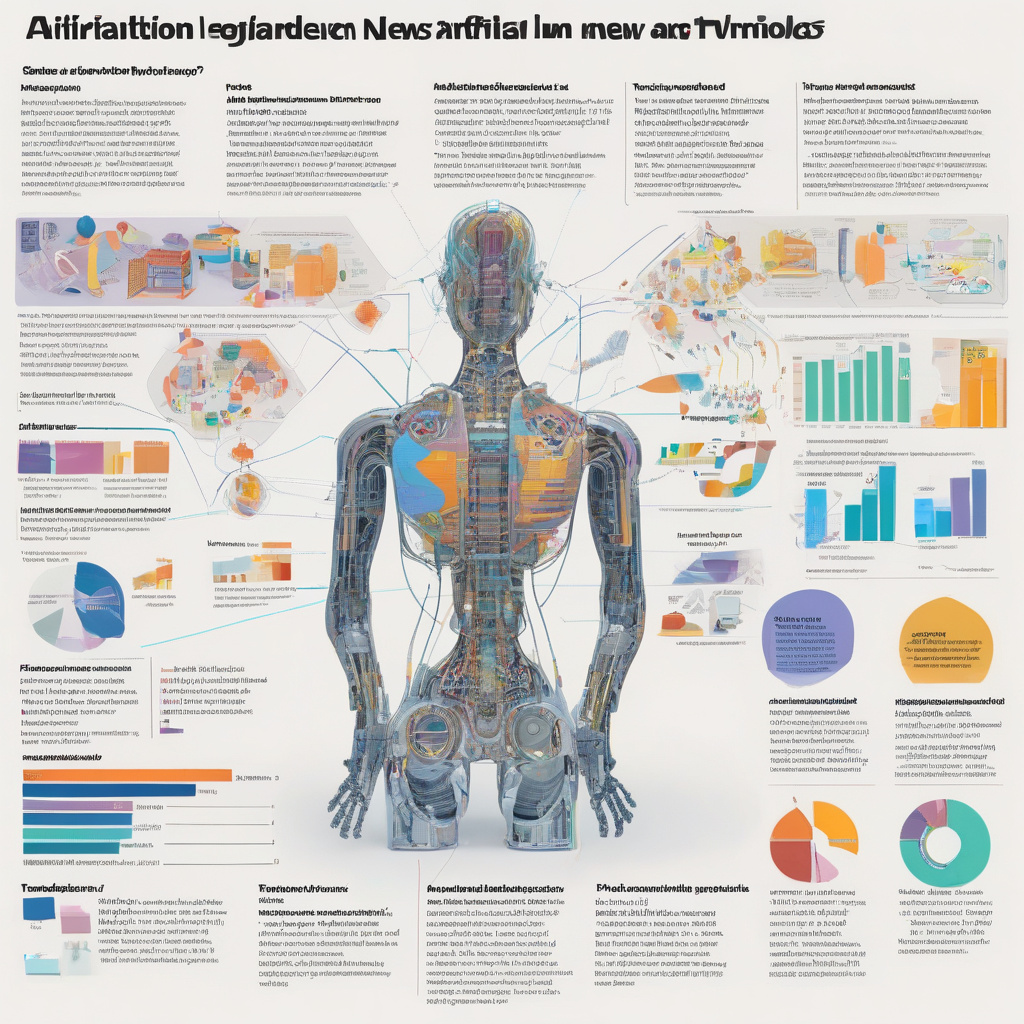Navigating the world of Artificial Intelligence (AI) can sometimes feel like deciphering a complex code. From LLMs to hallucinations, the terminology can be overwhelming. However, fear not! To assist you in your AI journey, we have compiled a simple guide to common AI terms. This glossary aims to demystify these terms, making them more accessible and understandable for all.
Artificial Intelligence (AI)
At the core of it all, AI refers to the simulation of human intelligence processes by machines. These processes include learning, reasoning, and self-correction. AI systems can perform tasks that typically require human intelligence, such as visual perception, speech recognition, decision-making, and language translation.
Large Language Models (LLMs)
LLMs are AI models that have been trained on vast amounts of text data to generate human-like text. These models, such as GPT-3 (Generative Pre-trained Transformer 3), have been making waves in natural language processing tasks like text generation, translation, and summarization.
Neural Networks
Neural networks are a fundamental component of AI that mimic the way the human brain operates. These networks consist of layers of interconnected nodes, or artificial neurons, that process and transmit information. They are essential for tasks like image and speech recognition.
Machine Learning
Machine learning is a subset of AI that focuses on enabling machines to learn from data without being explicitly programmed. It allows systems to improve their performance on tasks through experience. Supervised learning, unsupervised learning, and reinforcement learning are common machine learning approaches.
Deep Learning
Deep learning is a subset of machine learning that uses neural networks with multiple layers to learn representations of data. This approach has been instrumental in achieving breakthroughs in areas like image and speech recognition.
Algorithm
An algorithm is a set of instructions or rules followed by a computer to solve a problem or perform a task. In AI, algorithms play a crucial role in tasks like machine learning, where they help models learn from data and make predictions.
Data Labeling
Data labeling is the process of annotating data with labels or tags that provide context or meaning to the information. This labeled data is used to train AI models in supervised learning tasks, enabling them to make accurate predictions.
Bias
Bias in AI refers to systematic errors in decision-making that result in unfair outcomes. It can arise from biased data, flawed algorithms, or incorrect assumptions. Addressing bias in AI is crucial to ensuring equitable and unbiased results.
Visualization
Visualization in AI involves representing data or model outputs visually to gain insights and understand complex patterns. Data visualization techniques help communicate information effectively and aid in decision-making processes.
By familiarizing yourself with these common AI terms, you can enhance your understanding of AI concepts and developments. Whether you are exploring the potential of LLMs or grappling with neural networks, having a solid grasp of these terms will empower you in your AI endeavors. So, embrace the world of AI with confidence, armed with the knowledge from this simple guide to common AI terms. Happy exploring!

